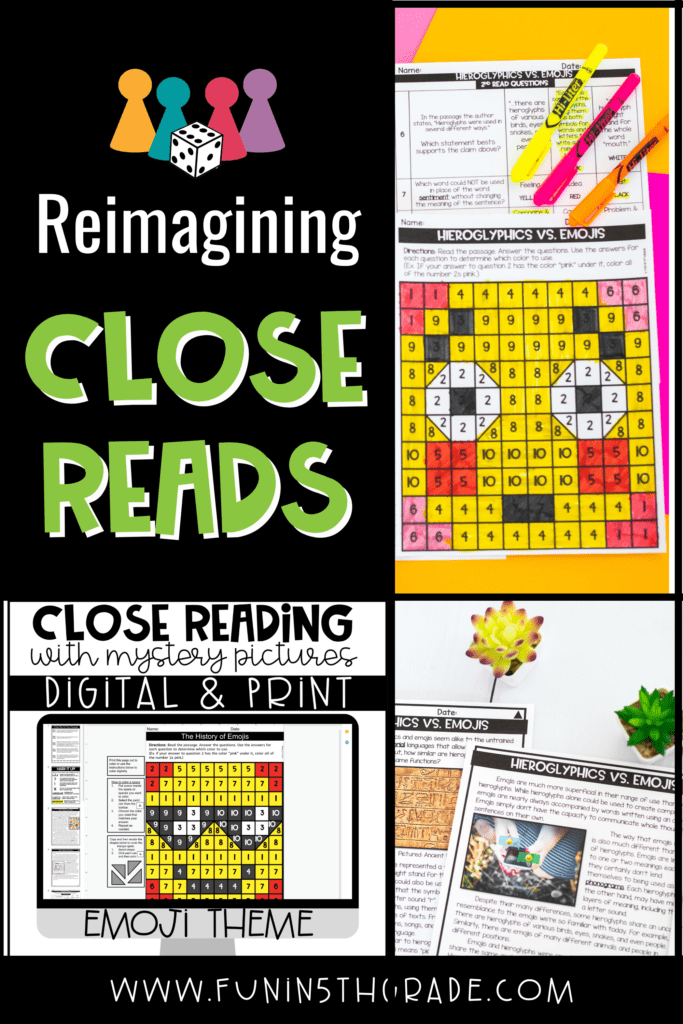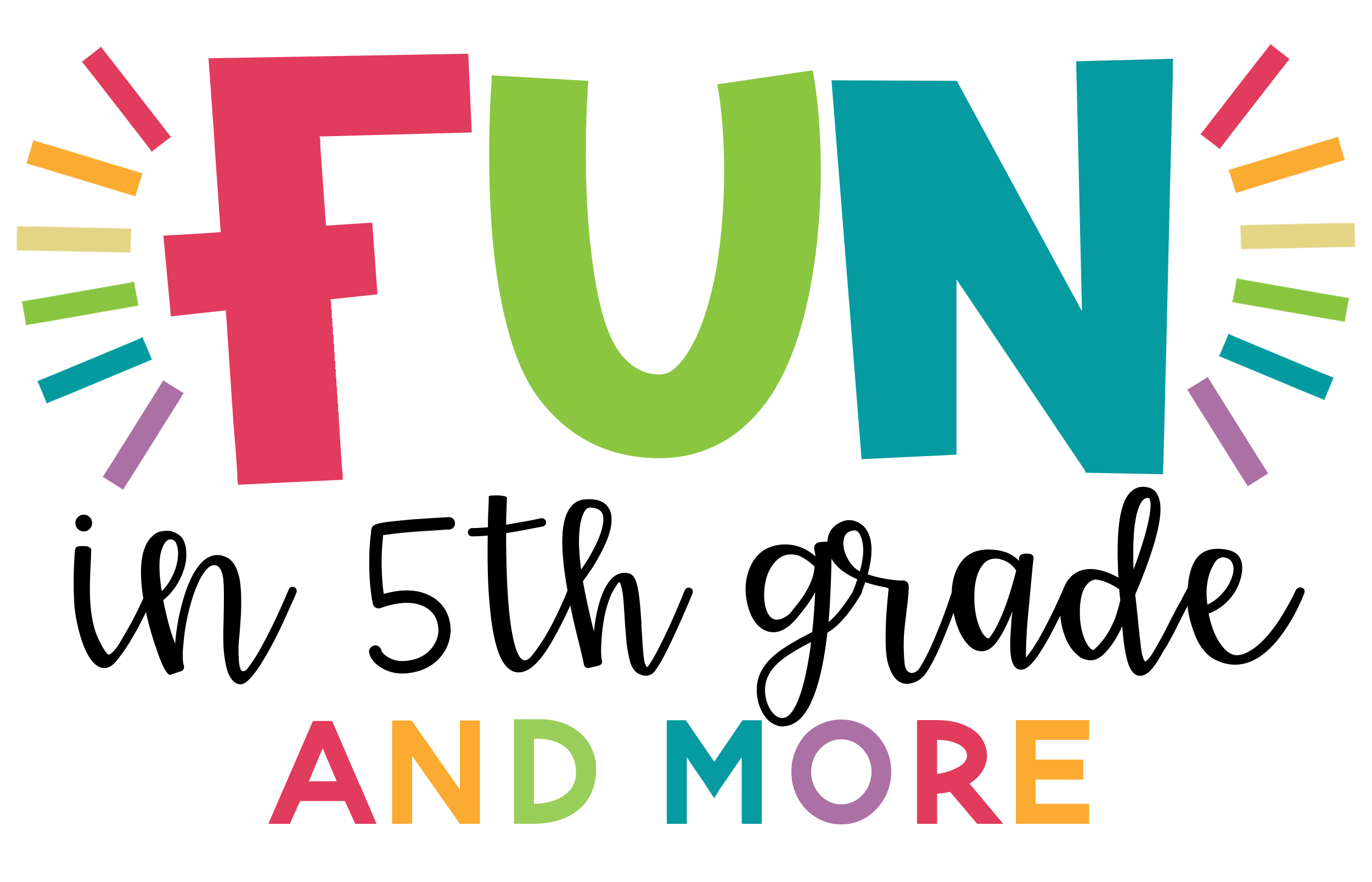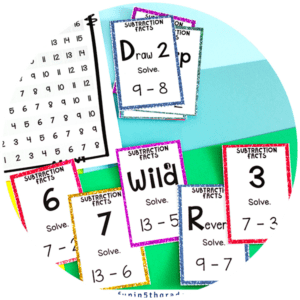At Fun in 5th Grade, we are always reimagining close reads, whether it is with mystery pictures, new monthly close read sets, or with new implementation strategies. Today we are adding a little ‘spice’ to classroom implementation.
One of the best analogies I’ve ever heard regarding close reading is that close reads turn students into detectives.
I love this thought. I can just imagine all of my students with their little magnifying glasses and those brown hats and jackets going all Sherlock Holmes on their reading passages. Can you picture it?
Just as teachers are inspired by costumes, classroom manipulatives, and decor, our students are also inspired by creative new ways to approach old topics and activities, and I don’t blame them. Good strategies are good strategies because they work. However, just because they work doesn’t necessarily make them super fun or interesting. Since my focus lately has been creating new monthly close reads, I started considering the question, “How can we make close reads more engaging (other than costuming our entire class, of course)?”

Do I have to read it again?
Close reads are powerful in teaching students to more deeply understand the intent and style of a new reading passage, and just like a good detective, sometimes we need to look at the ‘evidence’ multiple times, turning it, and reviewing the text with a certain ‘motive’ in mind.
Now, the idea of being a detective is often fun for kids, but when we tell them that as part of being a ‘reading detective’ they will also have to read the same passage several times, they are a little less excited about our super clever analogy.
And I don’t blame them.
Close reads help young readers get more out of their texts, but if a child already struggles with reading, having to read something over and over is defeating. We have to find a way to make the second, third (and maybe even fourth) reading of a passage not seem like work for our students.
Creating engaging close reads to keep students motivated
When we set out to create close reads for teachers to use with students, we focused on engagement and feedback.

Our Close Reads with Mystery Pictures are designed to help with skill review in a way that keeps students focused and moving through the close read process independently.
This is accomplished through…
- text-dependent comprehension questions.
- considering the different reading levels of students and creating texts for differentiation.
- including quick response questions and longer text-dependent writing prompts.
- producing passages that would review a variety of skills (i.e., figurative language, text structure, plot, point of view, vocabulary, etc.)
- using mystery pictures as a way to document answers, act as part of a built-in scaffolding process, provide immediate feedback, and motivate students to complete the multiple steps of the close reads
Every part of these close reading resources was designed with the student in mind. They have been well received and are a recipe for success in classrooms with hundreds of students, but even the best recipes need a little spicing up over time.

So, for now, I’m going to take off my detective coat and put on my chef hat because we are going to add some spicy activities to our close reading process.
Even more ways to spice up the close read
1st Read: What we’re already doing
Have students read the text for the first time and focus on what the text is saying. They should annotate, or mark up, the text while reading. In our close read resources, we provide a ‘Mark It Up’ symbols printable. Then, (when using our close reads) students will answer the ‘1st Read’ questions.
Spicing it up
Add in an element of Scattergories. Do you remember that game? Everyone has to write down answers to prompts that start with the same letter, and if you write down the same thing as someone else, you don’t get any points. Using this idea, what if you challenge students to write down something about the passage after the first reading that they don’t think anyone else may have noticed? You can have categories of types of things students can write about (i.e., word choice, intent, use of text structure, use of figurative language, etc.). Students can turn their idea in, and anyone who wrote down something that is both correct and wasn’t written by anyone else in the class will get some type of reward or special recognition. Yep, we just gamified a close read…it’s kind of what we do.
2nd Read: What we’re already doing
Have students re-read the text. Now that they know what the text says, have them focus on HOW the text says it. They should annotate, or mark up, the text while reading using the same ‘Mark It Up’ symbols guide. Then, they’ll answer the 2nd Read questions or use the graphic organizers that are a part of our Close Reads with Mystery Pictures resource.
Spicing it up
How do you spice up the 2nd read? Focus on the HOW part of this reading. Our focus is on how the writer is using words, so our new activity will too. Using Flipgrid, have the student read the passage out loud, but their goal is to change as many of the words in the passage to synonyms as possible. They can also use idioms or other sayings to achieve the same goal.
Clearly, this is not something you will do every time you close read as it will require technology to both record videos and look up synonyms, but doing this activity as an extra project during your close reads can get students considering the language and why words are chosen over others that say the same thing. It is also funny to see what students come up with.
Original Text
Over the coming weeks, Jess was thrilled to get to know her Pen Pal, Yu Yan. The two girls hit it off immediately and discussed everything under the sun. So many of their interests coincided that their friendship was natural.
New Example
Over the coming 14 days, Jess was exhilarated to get to understand her writing friend, Yu Yan. The pair of females got on right away and talked about all the things in our Solar System. So many of their enjoyments agreed, and their bond was innate.
3rd Read: What we’re already doing
Ask students to re-read the text. Now that they know what the text says and how it says it, focus on the meaning of the text. Encourage them to think about the ways they can connect with the text. Annotate, or mark up the answers to the questions while reading.
Spicing it up
Encourage students to share their personal connections with each other using either Flipgrid for a quick response or in small group discussions. If a student has a particularly good connection (especially with the fictional passages), ask them to write up their experience so that it can be used with other students in the future as another close read example.
Sometimes, like a detective, we need to look at the activities we are doing in our classroom under a magnifying glass, but there is also space in your classroom to bring out your inner chef too.
We already know close reads work (it doesn’t take a detective to know that), but with a little effort, we can bring out a little more ‘flavor’ in our favorite classroom activities.

What other activities or lessons are you doing with your students that need some work but could use a little more spice? Tell us about it in the comments, and maybe we’ll write a post all about your activity!





